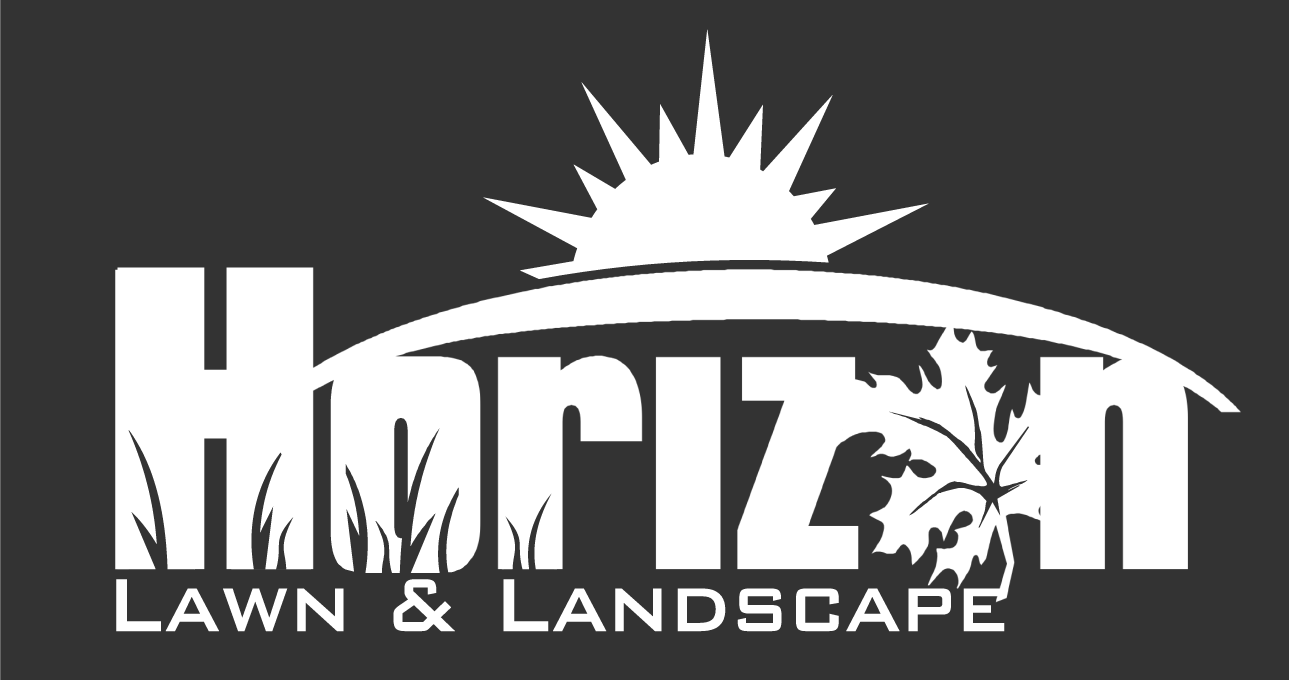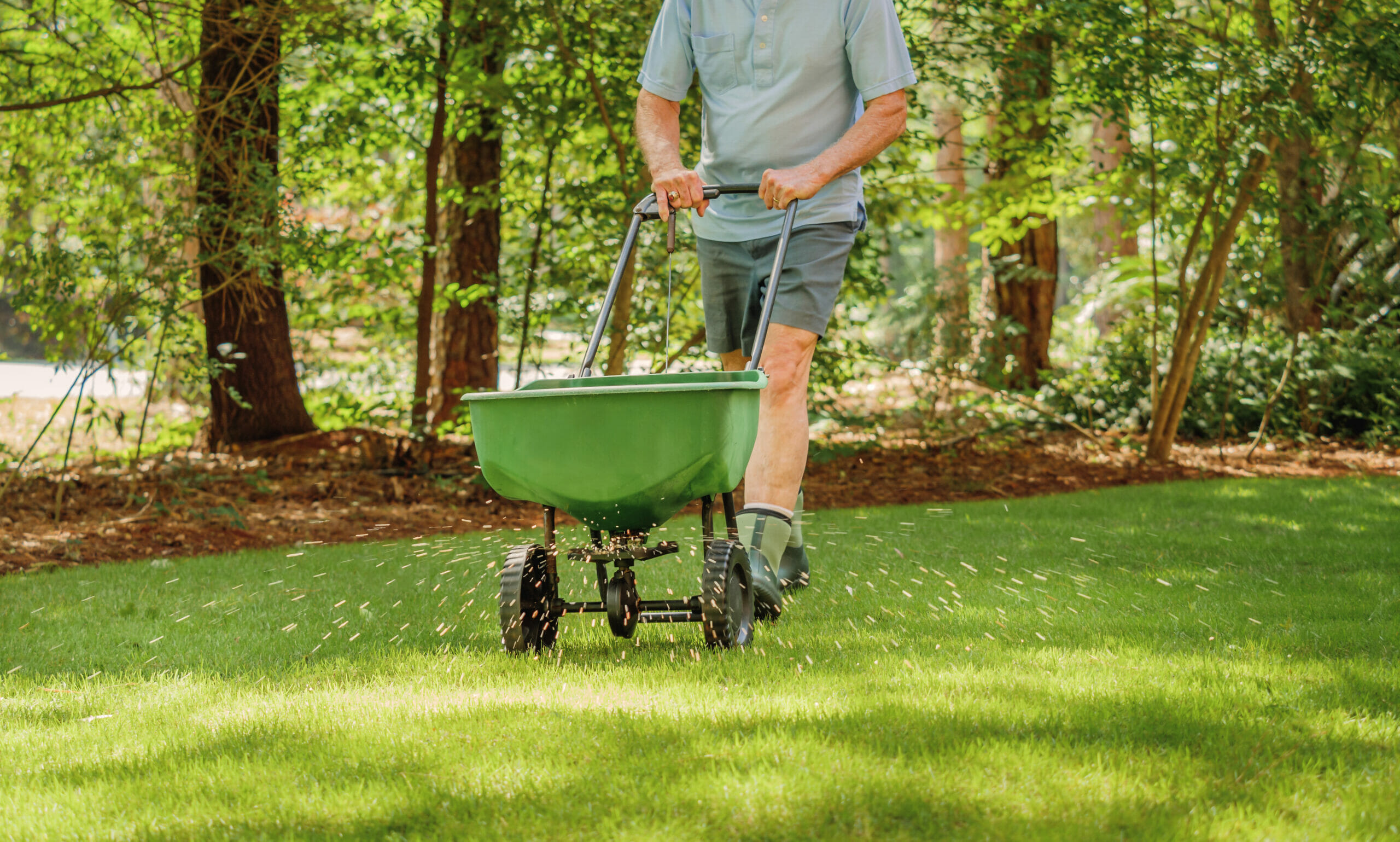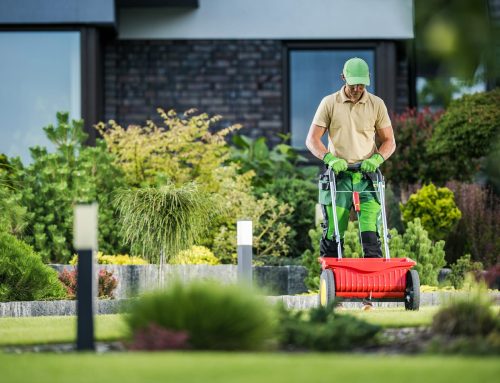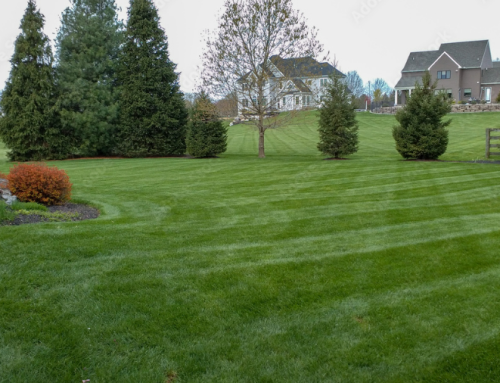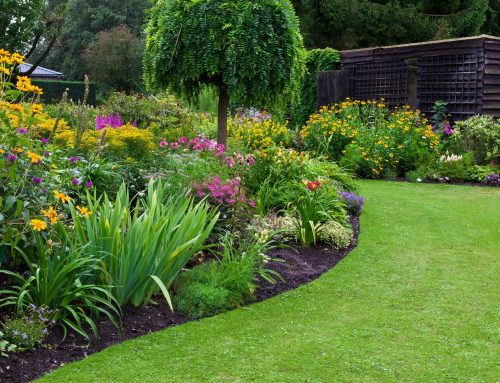Maintaining a beautiful lawn can be stressful when you’re battling inconsistent weather and juggling work commitments. Traditional lawns often suffer from brown patches and weeds despite your best efforts, leading to frustration and high water bills. For customers seeking a reliable and aesthetically pleasing solution, the commitment to artificial grass products is gaining popularity. Artificial grass not only enhances the visual appeal but also transforms your outdoor spaces, fostering year-round enjoyment.
Artificial grass offers a practical solution to these challenges by providing an attractive, low-maintenance alternative that saves both time and money in the long run. From assessing soil conditions to providing samples of different turfs, professionals take care of every detail, ensuring you make informed decisions throughout the installation process.
To ensure a successful and long-lasting installation of artificial grass, you can expect a thorough site assessment, proper soil preparation, the elimination of obstacles and gophers in the area, and meticulous attention to detail. Additionally, a professional team will guide you through the process, covering factors such as cost, size, aesthetic features, and intended usage, to ensure that your artificial grass meets your specific needs.

What to Expect from an Artificial Grass Professional
Hiring a professional to install your artificial grass is a wise decision that ensures a smooth and successful installation. When you work with these specialists, you can anticipate a well-defined timeline, informed expertise, and a strong focus on precision. But what does this actually look like? Let’s explore the details.
When you contact a professional artificial grass installer, the first thing you can expect is a thorough site survey. These experts will evaluate the soil conditions and measure the area for the installation of the artificial grass. Their understanding of your space and its challenges is crucial. So, don’t be surprised if they come equipped with measuring tools and a keen eye for detail. This initial survey serves as the foundation for the entire installation process because it allows them to provide accurate advice and recommendations based on your unique landscape.
Following the site survey, these specialists will offer invaluable insights into choosing the right type of turf for your specific needs and preferences. This includes providing samples to choose from and discussing the various options available to you. Whether you have pets who love to play outside or children who need a safe outdoor play area, they’ll guide you to find the perfect match that meets all your requirements. After selecting your turf, professionals will provide a detailed installation plan outlining each stage, from ground preparation to final adjustments. This transparency ensures you understand the process and fosters peace of mind. Clear, ongoing communication allows you to address any concerns, ensuring satisfaction.
Working with a reputable company guarantees a seamless, stress-free installation and lasting results, enhancing the beauty and functionality of your outdoor space. This meticulous approach sets the stage for a flawless artificial grass installation experience.
Preparation for Artificial Grass Installation
Before laying down the lush, green artificial grass, extensive groundwork is required. How well you carry out the preparatory work will heavily determine the success and longevity of your new artificial lawn. Here’s a detailed rundown of each crucial step, ensuring a range of quality for all customers.
Site Assessment
It all starts with carefully evaluating the site. A thorough soil check and examination of existing landscape features are vital. This includes ensuring proper drainage conditions and identifying any obstacles, such as tree roots, rocks, or even mud, that require removal. Addressing these issues early on can prevent potential problems later in the installation process. The site assessment may also involve considering factors such as sunlight exposure and shade patterns to determine the best type of artificial grass for your specific location. Different types of artificial grass cater to different environmental conditions, and this knowledge will help ensure that you choose the most suitable option for your space, covering a diverse range of customer needs.
Clearing the Area
Once the assessment is complete, it’s time to roll up the sleeves and clear the area of any existing grass, weeds, or debris. This often involves using a sod cutter or heavy-duty shovel to remove all vegetation down to the soil base. Ensuring a clean and clear surface provides a solid foundation for optimal artificial grass installation, which is especially important for business properties aiming for an immaculate appearance. After this step, you might want to take a moment to envision your new artificial lawn and its design. Considerations such as desired shape, borders, and any additional landscaping features, including gardens, playgrounds, and pathways, can help inform the next stages of preparation and installation.
Soil Compaction
Leveling and compacting the ground is a critical part of preparing for artificial grass. Using a vibrating plate compactor helps to create a firm foundation, reducing the likelihood of lumps or depressions forming under the artificial turf later on. This step is like creating a smooth canvas for the masterpiece—the artificial grass—to come, ensuring that your lawn competes with any natural garden species while also adding an element of beauty to your outdoor space.
Weed Barrier Installation
No one wants to deal with pesky weeds invading their beautifully installed artificial grass. This is where laying down a high-quality geotextile fabric comes into play. The weed barrier inhibits weed growth even further, minimizing future maintenance needs and keeping your artificial lawn looking pristine for longer periods of time. Regular watering of natural grass, which is typically required to spur growth, is unnecessary here, making maintenance even easier. This ensures that maintenance requirements and fertilizer applications are minimal on commercial properties, eliminating the need for regular watering and fertilizing schedules.
Understanding these preparatory steps gives you insight into the meticulous process involved in creating a durable foundation for your new artificial lawn. But there’s still more groundwork to cover before bringing in the vibrant green turf.
Step-by-Step Installation Process
Installing artificial grass involves a series of carefully coordinated steps that ensure a successful and long-lasting result. Each step is pivotal in creating a lush green space that mimics the look and feel of natural grass without demanding maintenance, such as regular watering and the use of fertilizers. Whether it’s for homes or businesses, understanding these steps is key to achieving a permanently beautiful lawn. Here’s an in-depth walkthrough of the process:
Step I: Laying the Base Material
The foundation of any structure is important, and the same goes for installing artificial grass. The first step involves spreading a layer of crushed stone or decomposed granite evenly over the entire area. It’s crucial to compact this base layer thoroughly to create a stable foundation that will prevent uneven settling. Using eco-friendly equipment for this task can be both efficient and environmentally responsible. One way to check if the base is evenly distributed and properly compacted is to walk on it—carefully, though! If there are any areas that seem soft or make a crunching noise, they might need some extra attention.
Step II: Rolling Out the Turf
After setting the base, unfold the artificial grass onto the prepared area. This step requires careful attention to detail, as you want to ensure the turf is facing the same direction for a consistent and uniform appearance. Paying close attention to how the grains line up results in a professional-looking finish that mimics natural grass. You can incorporate various water-saving products into your landscaping design for a stylish upgrade to your backyard, which will complement the artificial grass. A neat and consistent layout of the turf not only enhances the visual appeal but also ensures that seams are less noticeable when everything is in place and secured.
Step III: Cutting and Fitting
Using a sharp utility knife, trim the edges of the turf to fit the desired area. The key here is precision—cutting with care and making sure to leave a small margin for adjustments will help achieve a clean, custom fit. Carefully fitting around obstacles such as trees, flower beds, or pathways ensures a seamless transition between the turf and surrounding areas. Reading reviews on different trimming tools can provide insights into the most effective and cost-effective options for achieving a clean cut.
Step IV: Securing the Turf
After fitting, it’s crucial to secure the turf firmly in place. You can achieve this by using galvanized nails or adhesive along the edges and seams. Applying these with care will ensure that the turf remains stable even under heavy use. Additionally, brushing the fibers after securing them helps minimize seam visibility, further enhancing the natural look and functionality of your new artificial grass lawn.
Step V: Adding Infill
The final step involves distributing infill material evenly across the turf. This helps provide cushioning for foot traffic and prevents matting by maintaining the grass blades’ upright position. Factors such as intended usage and aesthetic preferences should inform the choice of infill material, whether silica sand or rubber granules. You can identify cost-effective infill choices by comparing the features and reviews of various products. Understanding the differences between infill materials can aid in optimizing the performance and durability of your artificial grass.
Following this meticulous process ensures a well-installed artificial grass lawn that looks immaculate and lasts for years, with each step serving an important purpose.
Cost Breakdown of Artificial Grass Services
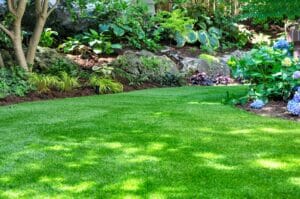
When considering investing in artificial grass, the cost of the materials and labor involved should be a key consideration. Let’s dive into the various aspects contributing to the overall expenses.
Material Costs
Artificial grass comes in different qualities, with prices ranging from $5 to $20 per square foot. Budget-friendly options start at the lower end, missing certain features like UV resistance or realistic textures. Premium choices at the upper end offer advanced features. It’s important to carefully consider your specific needs and preferences when choosing among these options. Thorough reviews of various turf products can help in making an informed decision by highlighting the differences in quality, functionality, and cost. Investing in higher-quality turf can offer benefits in terms of longevity, appearance, and performance. High-quality artificial grass is generally more durable and realistic in appearance, making it a worthwhile investment for many homeowners. Cost-effective choices often balance these features well.
Labor Costs
Professional installation services might charge between $4 and $13 per square foot for their expertise. This includes essential tasks such as site preparation, laying the base, turf installation, and any necessary finishing touches. Factors such as project complexity, site accessibility, and additional requirements significantly influence labor costs, which make up a significant portion of the total expenses. Understanding that functionality and final appearance can make a noticeable difference, it’s essential to balance the price and the value of the work when working within a budget.
Additional Expenses
Additional expenses extend beyond materials and labor. Other considerations, such as removing old lawn, installing drainage systems, or applying protective sealants, can result in an extra $2 to $4 per square foot in expenses. These costs depend on site conditions and specific project requirements. If your yard has a garden with fragile plants, extra care and potential additional costs may be required to ensure their safety during installation. To ensure a successful artificial grass installation, evaluate if any additional services are necessary for your property. Proper site preparation and addressing potential issues upfront can contribute to a smoother installation process and long-term satisfaction with your new artificial lawn. If you have a garden, addressing layout challenges in advance can safeguard the thriving health of your plants.
Choosing Quality and Durable Turf
When it comes to installing artificial grass, quality is non-negotiable. High-quality turf not only enhances the visual appeal of your outdoor space but also ensures its longevity and performance. It’s important to consider several key factors when choosing the right artificial grass for your needs. Several key factors should be considered. The inclusion of quality ingredients in the turf composition can elevate its resilience and overall value.
First and foremost, ensure that the turf you select has a UV-stabilized coating. This feature is crucial, as it protects the grass from fading and degradation caused by prolonged exposure to sunlight. Think of it as sunscreen for your lawn; it shields it from harmful UV rays, preserving its lush green appearance year-round. In addition to UV stabilization, pay attention to the pile height of the turf. A dense and varied pile height not only contributes to a more realistic look but also influences the feel of the grass underfoot. This realistic appearance is essential for creating an outdoor space that is aesthetically pleasing and inviting. An attractive yard with well-chosen elements can greatly enhance household value.
Consider the artificial grass backing material. Polyurethane backings are known for their superior durability and resilience when compared to latex backings. Areas with variable weather conditions or heavy foot traffic significantly test the strength of the backing material. Think of it as a house’s foundation; a strong foundation ensures stability and longevity. Similarly, a durable backing material strengthens the overall resilience of your artificial grass, making it capable of withstanding outdoor elements and frequent use without compromising its integrity.
Reputable brands often reflect their confidence in their product’s durability by providing warranties ranging from 8 to 15 years. Investing in a product with a lengthy warranty brings peace of mind, ensuring that your yard remains in top condition for many years and perfectly complementing the value of other well-maintained outdoor elements, like your cherished garden plants. These warranties serve as a testament to the quality and longevity of the artificial grass, offering you peace of mind and assurance in your investment.
Post-Installation Maintenance Tips
Once you lay down your lovely artificial grass, it’s important to maintain it regularly. To ensure it stays in pristine condition, regular maintenance is essential. Here are several fundamental maintenance tips to follow:
Routine Cleaning
Maintaining your artificial grass involves keeping it free from natural debris such as leaves, twigs, and dirt. Utilizing a leaf blower or a rake with plastic tines will help keep your lawn tidy and prevent the accumulation of mold or moss. Regularly removing any debris is crucial to preserving the turf’s appearance and structural integrity. Leaving debris such as leaves and branches on your lawn can trap moisture, resulting in the growth of mold and moss over time. By consistently removing any debris, you contribute to the overall aesthetic appeal and durability of your artificial turf.
Grooming the Grass
Similar to real grass, artificial turf also requires grooming. Brushing the grass fibers with a synthetic bristle brush helps keep them upright and looking natural. This is especially vital in high-traffic areas where the fibers may become flattened over time. Regularly grooming the grass maintains its lush appearance and ensures it remains comfortable underfoot. By grooming the grass fibers, you’re not only maintaining their visual appeal but also enhancing their resilience. Foot traffic or other impacts may cause the fibers to mat down over time, affecting the overall look of the turf. Grooming helps them regain their upright position and maintain their natural appearance.
To learn more about artificial grass installation or maintenance tips, feel free to reach out to Horizon Lawn & Landscape. Call us today!
